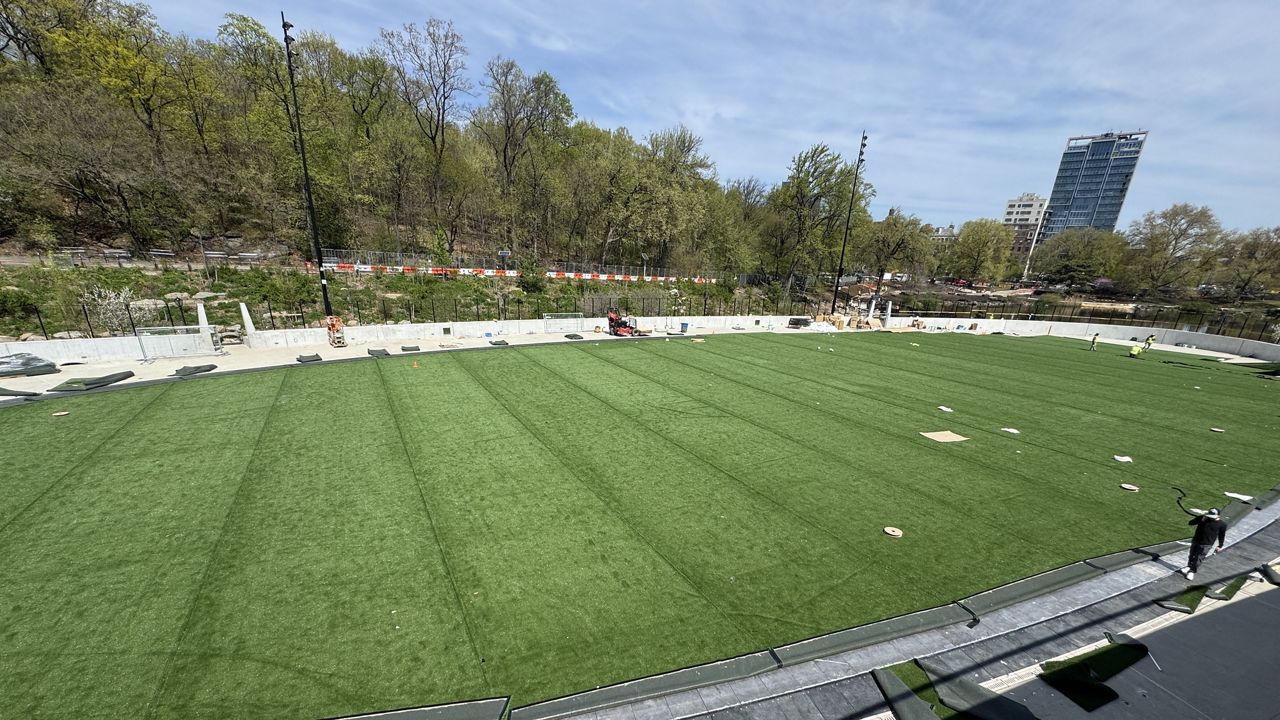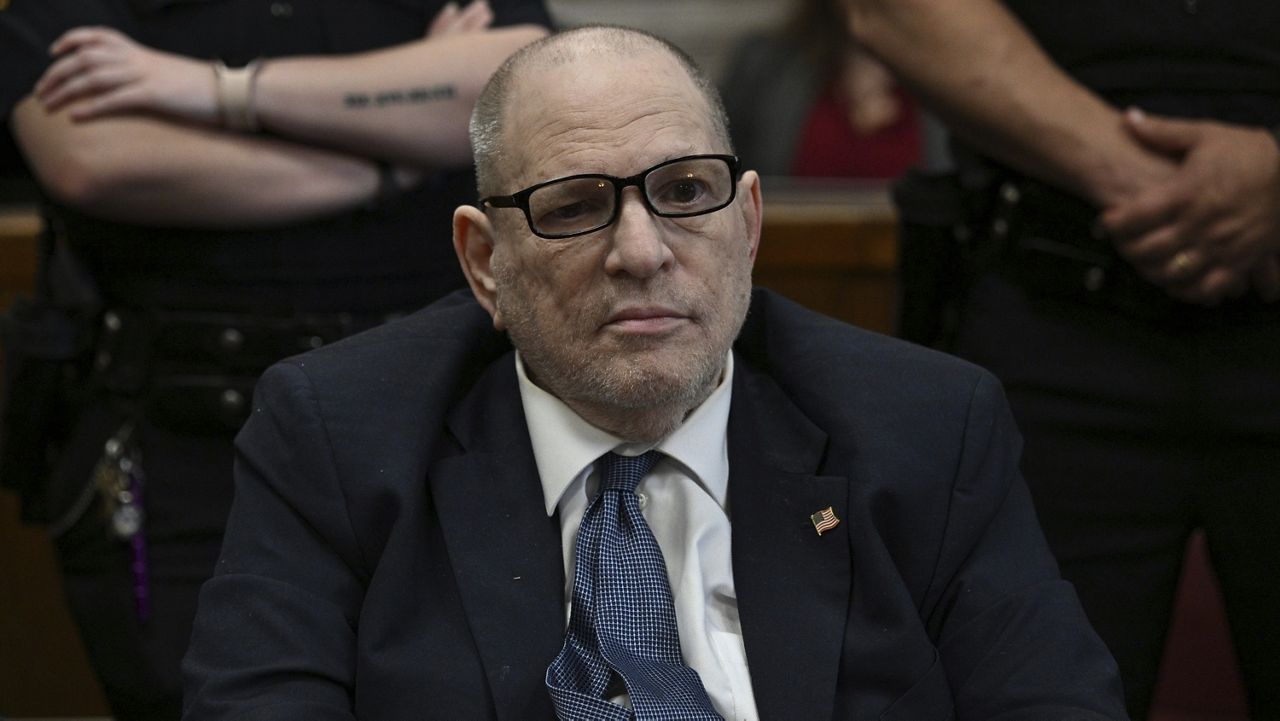New York City's first snowstorm of the season has provided more rain than flakes.
Light rain and one to three inches of wet snow are expected to accumulate in New York City due to a nor'easter Monday, not significantly hurting travel.
QUICK FACTS: STORM FORECAST IN NYC
Snowfall: 1 to 3 inches expected, mostly on cars and grass
Pack an umbrella for rain as well
The city will see a few snow showers Tuesday morning, but they won't hamper rush hour
After an initial projection of 3 to 5 inches, and steady snowfall in parts of the city earlier in the day, temperatures have been around or above the freezing mark, preventing snow from quickly accumulating. The snow, which should end by 2 a.m., will stick on cars and grass more than streets and sidewalks.
According to the National Weather Service, only an inch of snow had fallen at Central Park by 4 p.m., and less than an inch at LaGuardia and Kennedy Airports.
More rain than snow was expected during the evening rush hour, especially before 8 p.m. Conditions will ease around midnight. Streets could become icy overnight.
A few snow showers and slush are projected for Tuesday morning, but they will not significantly hamper the morning rush hour. The high will be 43 degrees, with a low of 33. A Winter Weather Advisory is in effect until 7 a.m. Tuesday.
High temperatures are projected to be in the 40s for the rest of the work week. Conditions will be mostly cloudy, but no storms are expected.
CITY RESPONSE
The city says it is prepared for the messy evening commute. The sanitation department says 705 salt spreaders are ready, and 1,500 plows will be on the streets as soon as two inches of snow falls.
Officials are urging New Yorkers to stick to mass transit.
The MTA has already deployed specialized snow removal and de-icing equipment. Seven hundred buses are being equipped with snow chains, and salt is being spread on subway platforms and staircases.
"Conditions are going to change very quickly as we move into the evening rush, and we anticipate seeing both ice and slush as well as snowfall, which obviously could go up or down based on what happens with the freezing line. But I want to encourage every New Yorker to please use mass transit and if they are driving, to just be slow," said Sanitation Commissioner Kathryn Garcia.
"The Office of Emergency Management has hired a meteorologist of its own to work directly with the National Weather Service," said Mayor Bill de Blasio. "Even a small improvement in the forecast helps us a lot. We can hone exactly where a problem is going to be, exactly how many inches of snow or an exact time."
Some after-school activities were cancelled Monday, but the mayor said he expected schools to be open Tuesday.
HEAVIER SNOW OUTSIDE NYC
Snowfall is much heavier outside New York City, with over a foot falling in some areas of upstate New York. The storm dropped more than a foot of snow on parts of the Northeast late Sunday and Monday and could bring 10 to 20 inches total by Tuesday morning from Pennsylvania to Maine, forecasters said. Heavy snow was also expected in the Appalachian Mountains down to Tennessee and North Carolina.
By Monday afternoon, the storm had dropped 27 inches of snow in Delanson, New York, 25 miles northwest of Albany — the highest snow total in the Northeast so far.
The same storm has pummeled the U.S. for days as it moved cross country, dumping heavy snow from California to the Midwest and inundating other areas with rain.
Gov. Andrew Cuomo declared a state of emergency Monday for seven counties in eastern New York and assigned 300 National Guard members to assist with snow removal. State police had responded to more than 740 storm-related crashes statewide since the snow started falling.
The National Weather Service on Monday predicted that the Boston area could get 7 inches of snow with lower amounts to the south and into Rhode Island and Connecticut. Communities north of Boston could see a foot in the storm expected to reach its peak Tuesday morning, snarling the morning commute.
More than 660 flights into or out of the U.S. were canceled Monday, with more than 4,000 delays, according to the flight tracking site FlightAware. Airports in the New York and Boston areas accounted for many of them. There were 950 cancelations and 8,800 delays on Sunday.
The storm also caused major traffic disruptions. Tractor-trailers were banned or lower speed limits put in place on stretches of highway in New Jersey and Pennsylvania. New York also posted lower speed limits on some highways.
Many buses from New York City to Pennsylvania and upstate destinations such as Ithaca and Binghamton were canceled.
The trouble began in the East on Sunday as the storm moved out of the Midwest after days of pummeling parts of the U.S.







_PKG_OS_Picks_042525_CLEAN_134053512_684)
